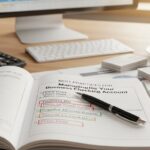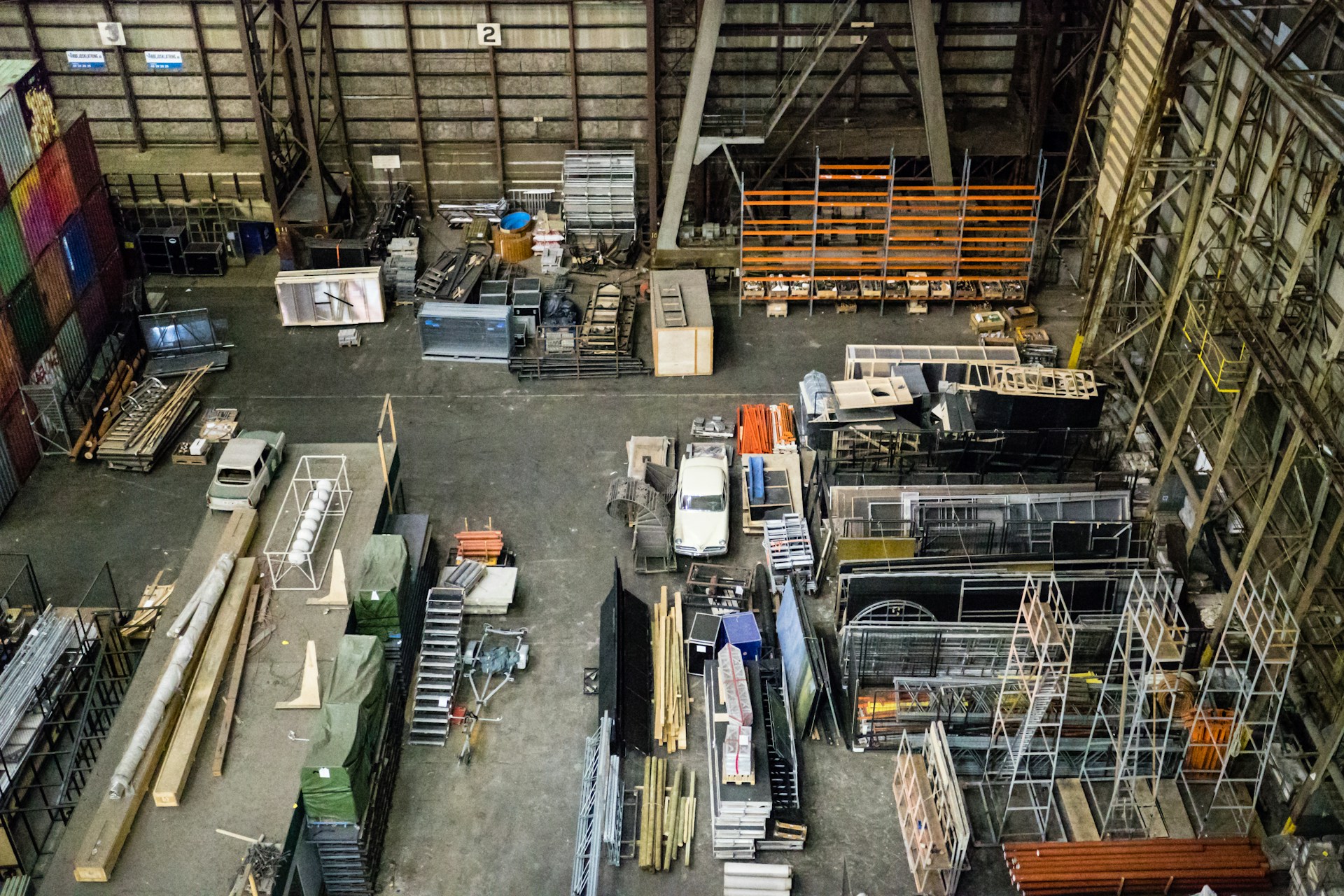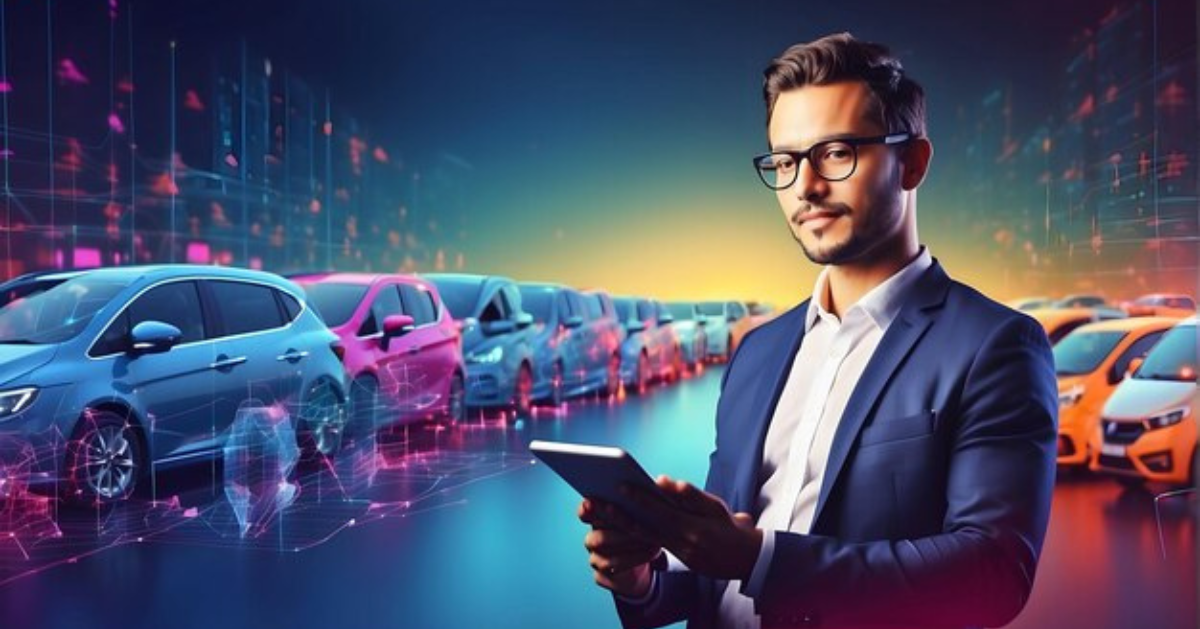Lauren Szabo is a San Francisco based artist originally from Los Angeles. Lauren’s work talks about our daily interactions with media, signage, advertisements, their fragility and temporality. We chose to speak with Szabo because her work took on new political context through the campaign and election. After hearing the popular phase “Make America Great Again” we couldn’t quite see Lauren’s work the same again. Excited by the new gravity of this work, Lauren was inspired to talk with us about how an artist’s work may physically stay the same, but the context in which it is understood changes. Thank you for speaking with us Lauren.
In a world in which we encounter advertising in every corner of our social lives. How did growing up in Los Angeles, surrounded by billboards, create a deep inquiry into our relationships with signage? What about the aging of advertisements (how they peel and fade away) interests you in this socio-cultural critique?
Growing up in a place like Los Angeles where we are constantly being solicited to by different forms of advertising media, I found myself in my teenage years begin to question the Hollywood mindset and general societal priorities of glamour, television, and car culture. This mindset is a result of the television and film industry being in such close proximity. It seemed to me as though some people defined themselves by the objects, property, appearance, and cars that they owned. Getting around the city is quite limited without owning a car, so people care for them and become dependent on them. A lot of time is spent in cars commuting, so the machine becomes an extension of a person who as a result will be exposed to a ton of advertising while mobile, as well as other moments of daily life.
It is interesting how a piece of art is alive in that its meaning changes over time due to the context it lives in. You could apply this rule to a lot of things other than art- symbols, language, etc. This phrase became so popular and is being associated with my work because they both share the idea of nostalgia, which can be dangerous territory. Nostalgia is a sentimental longing for the past, and is in no way an accurate recalling. Just as meaning shifts in artwork over time, memories become altered over time. We must remember that history is written from the perspective of the victors as well, so there is no way to accurately relive it, and why would you want to? I am more interested in the idea of progress, rather than moving back in time, which is why a lot of America is upset about the election results. Before the election, did you get many inquires into the political content in your work? How do you feel about your past work taking on more of a political conversation?
Before the election I received a lot of inquiries about the work being very American, more specifically associated with Los Angeles. The work has shifted in conversation and become more political in dialogue after the election in that it speaks to the more apparent holes in American ideology. In art, there is the piece, and there is the conversation about it. The piece stays the same, but the conversation changes. I am open to the work generating a more political conversation, as it creates a healthy dialogue through the painting medium.
Right now, you are in your first year at SFAI for an MFA. Tell us about how you and your art community were affected by the election? Has the current political climate affected the ways in which you work? Has your productivity, or intentionality been affected? What about that of your peers?
From my perspective, at first my community felt dejected, confused, and angry. Classes were not as well attended as usual, and there was a loud silence that lingered on campus. Artists seemed like they were trying to reevaluate their place in a new climate, as our new president is not supportive of the arts. This went on for a short period, and then I noticed a dramatic positive shift in the community’s mood after the Women’s March, which happened peacefully, not only nationally, but also internationally. The current political climate has motivated us to be even more productive, and channel our unrest creatively into our art practice.
Skytyping technology enables an aircraft to create computer signaled puffs of oil smoke in the air for solicitation of advertising. In the future, we may see increasing numbers of drone technology that will create advertisements in the sky at an increased rate. The current skytyping technology creates messages up to five miles long, and ten thousand feet high in elevation. Advertising is no longer limited to our ground environment, and this technology adds to the over saturation of stimuli in our culture. The technology industry boom in San Francisco is on all bay area locals’ minds. In effect displacement has become a reality for many. A metaphor for this growth is how we are architecturally and technologically looking up, and building upwards. The city is rising vertically, with taller skyscrapers, and is utilizing the sky for advertising. Just as some may lease the air in that way, you can store your information on the digital cloud. Even though these topics are present in our daily culture, and technology is affecting our lives, all is ephemeral, and nature bats last.
Currently, we are facing big questions and concerns with the commodification of nature, and confronting the power struggle between civilization and nature. Where is the boundary? Environmental momentum is threatened by the current administration.
Have your feelings about your American community changed since the inauguration? If so, how? What about your perception of the United States?
No, other than an emotional response, it has not changed that much. I know people that felt like they lost the Obama elections, and won the Trump election. Americans have always represented diverse standpoints – look at our history for many examples. The division is perhaps more apparent now to liberals, especially since liberals tend to live amongst themselves in a bubble. But this division has always been present, and just depends on who is in power and where the conversation is focused. The election campaigns were heavily dependent on highlighting our differences. I hope Americans can find some common ground, or at least a better sense of coexistence. This is complicated, however. In my opinion, fear is not a tool that should be used to lead with, yet it is effective to get people mobile.
Now that the new administration is beginning to change everything, what issues are you interested in integrating into your work? New directions that you hope to go in? Do you have any new series or shows coming up that are inspired by the developing political dialogue?I will be traveling to Berlin this month to participate in a large group show featuring German and American artists. The exhibition is titled “The Pacific Wall. Artistic strategies between Bauhaus and Silicon Valley”. After its continuous expansion towards the West, the tidal wave of European modernism broke at the “Pacific Wall” (Lyotard), returning as the fractured post-modernism of computerized society. Today, the “disruptive” technologies of Silicon Valley mark the latest result of this break, which left us inhabitants of a world that is so fundamentally computerized some call it “post-digital.” While the political organization of this world is currently being renegotiated, one answer to some seems to be the construction of actual walls.In this context, artists from two schools whose geographic location and history reflect this trajectory look at artistic strategies between modernism and its disruption: Bauhaus University Weimar and San Francisco Art Institute. Meeting in Berlin, we will collaborate in the city of another wall – one that famously failed.The group will work together at Schillerpalais, transforming the space into a laboratory for art and technology, traditional artistic practices and their post-digital update. This work is made public with an exhibition that opens on March 24.In addition, my solo exhibition is on view this month at 111 Minna Gallery in San Francisco. I am incredibly grateful to be working with such a thoughtful team, and am excited to be presenting this body of work that I have been working on for years to the public. There will be twelve pieces on view, many of which have been completed this year.










